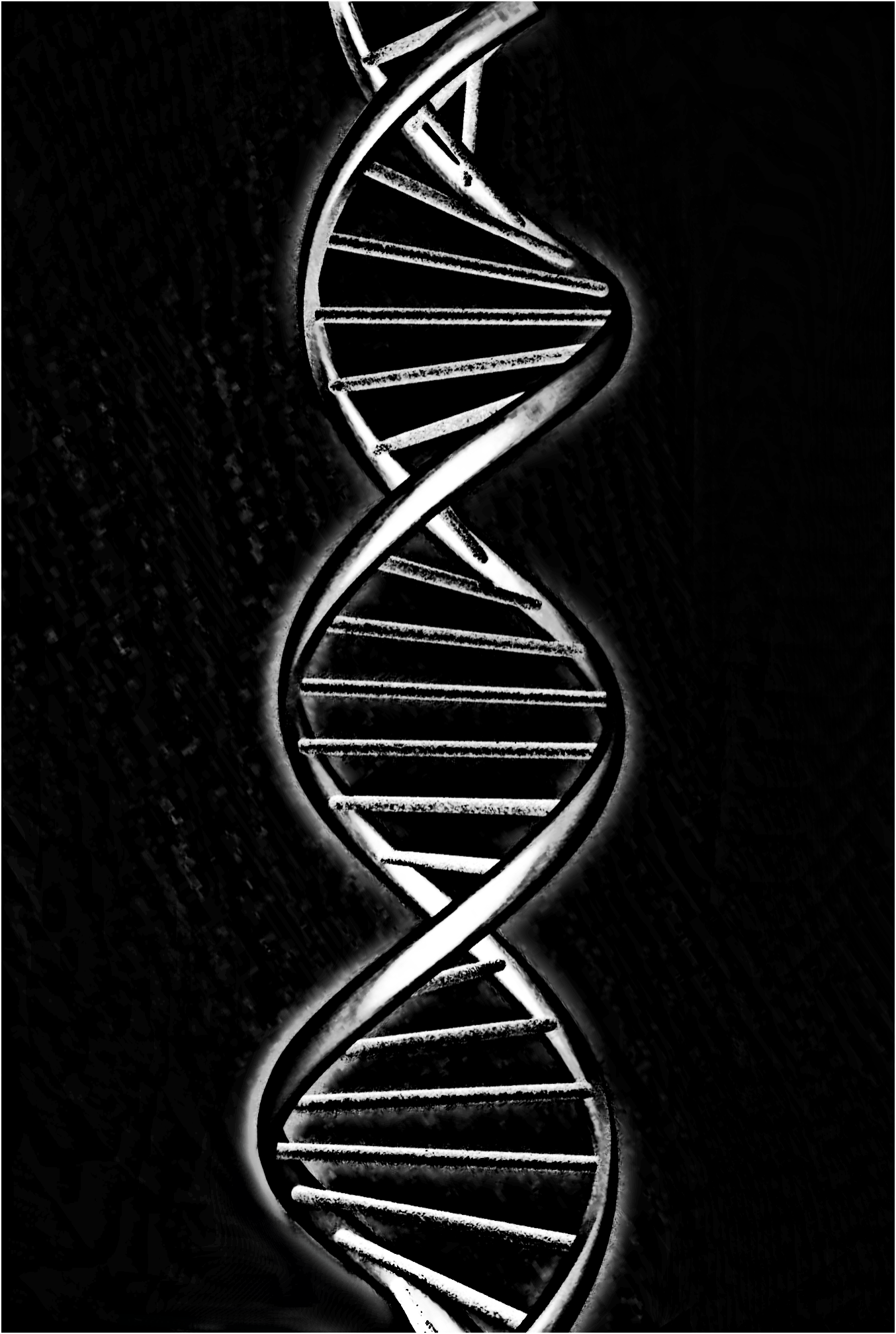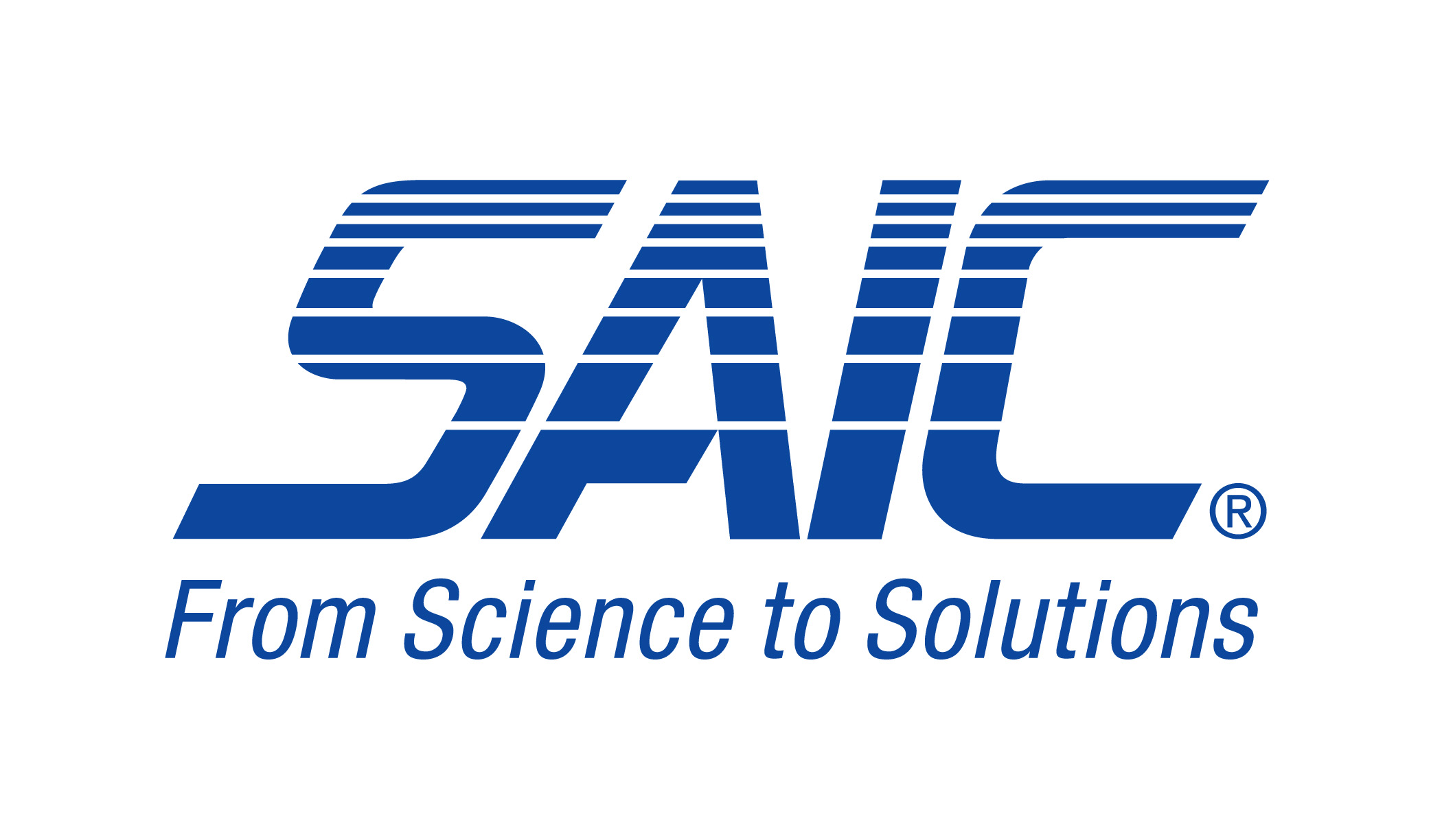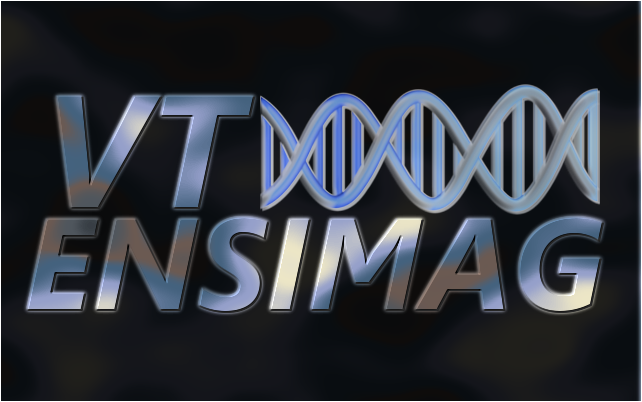Team:VT-ENSIMAG Biosecurity
From 2010.igem.org
Home
|
Introduction: presentation of our projectGene synthesis technology gives scientists an unparalleled capability to manipulate genomes. Over the past several decades, an entire commercial industry has developed to inexpensively produce genes on a large scale. It is this industry which provides the genes and standardized parts to make synthetic biology, and iGEM, possible. Synthetic genomics, like synthetic biology, has the potential to be both a great benefit and a great detriment to public health and national security. A precedence for the dual use of synthetic genomics is the reconstruction of the virus responsible for the pandemic 1918 Spanish Flu in 2005 by researchers at the CDC (See more). Although this virus's genes were synthesized for legitimate research purposes, they could have just as easily been used to reconstructed a biological weapon. The possibility to order for a few hundred dollars, genes coding for deadly toxins or entire genomes of viral pathogens calls for the development of new biosecurity policies. It is essential that members of the scientific community and industry reduce the risk that individuals with ill intent may exploit the commercial application of nucleic acid synthesis technology to access genetic material derived from or encoding select agents or toxins. To this end, we have implemented a draft Government guidance for sequence screening, characterized its performance, and suggested improvements. The rapid development technologies to chemically synthesize long DNA molecules has great potential to be used to generate existing or engineered organisms that could threaten public health. This possibility has been well illustrated by the synthesis of the strain of influenza virus responsible for the 1918 pandemic (See more). The possibility to order for a few hundred dollars, genes coding for deadly toxins or entire genomes of viral pathogens calls for the development of new biosecurity policies. To reduce the risk that individuals with ill intent may exploit the commercial application of nucleic acid synthesis technology to access genetic material derived from or encoding select agents or toxins, we are proposing to implement the sequence screening algorithm, characterize its performance, and propose better screening algorithms. Who are we?We are a software team, composed by 5 students (2 from ENSIMAG and 3 from Virginia Tech) working in the Virginia Bioinformatics Institut, under the supervision of Jean Peccoud and with Laura Adam as advisor. The team is more thoroughly presented in Our team. project overviewReferencesAnnexesTemporaryexamples link:<a href="https://2009.igem.org/Help:Template/Examples">HERE</a>. </div> You MUST have a team description page, a project abstract, a complete project description, a lab notebook, and a safety page. PLEASE keep all of your pages within your teams namespace. |
 "
"




